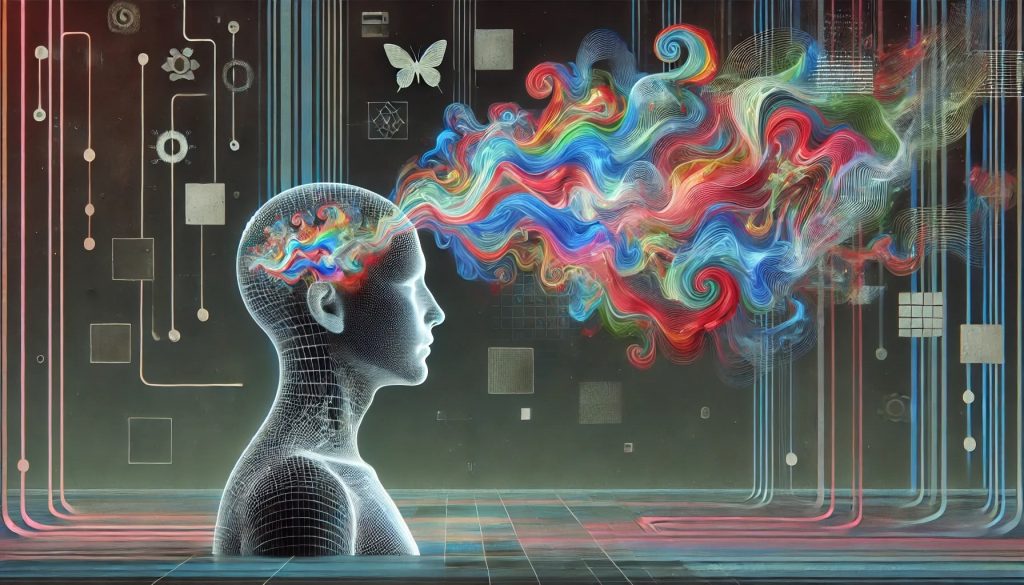
AI hallucinations are a modern artificial intelligence problem that makes AI models generate incorrect, fabricated, or nonsensical information. Let’s find out why this happens and why they matter.
What are AI Hallucinations?
AI hallucinations happen when AI systems produce content that has no basis in their training data or doesn’t align with reality. These errors aren’t random and are sometimes fabricated in a way that “makes sense,” although completely false. They are often difficult to spot.
Examples include:
- Citing non-existent research papers or books
- Creating fake historical events
- Inventing technical specifications for products
- Generating convincing but false explanations
Why do Hallucinations Happen?
- Pattern Completion: AI models are designed to recognize and extend patterns. When uncertain, they try to complete in ways that seem logical but end up making things up.
- Training Limitations: AI models can only know what they have been trained on. Hence, they might generate a response that matches the format of correct answers without the actual information.
- Confidence Without Accuracy: Unlike humans, AI systems don’t have a good way of saying “I don’t know”unless specifically designed to. They provide answers with confidence regardless of certainty.
- No Real-World Grounding: This might be obvious, but AI systems have no true “understanding of the real world.” They only process language patterns.
Why Do AI Hallucinations Matter?
Here are some challenges we face due to this phenomenon:
- Misinformation Risks: People might make decisions based on incorrect AI-generated information.
- Trust Issues: Frequent hallucinations undermine trust in AI systems.
- Safety Concerns: In critical applications like healthcare or law, hallucinated information could lead to harmful outcomes.
How to Spot and Address AI Hallucinations
- Verify critical information from trusted sources
- Ask for citations or sources when needed
- Be extra careful with specific types of data such as names, dates, and statistics
- Keep in mind that although AI systems are confident by default, confidence doesn’t equate to accuracy
Future Perspective
As AI systems evolve, the challenge that hallucinations pose is at the frontier of current research. The goal isn’t just to create systems that are knowledgeable—we want to build ones that are reliably honest about what they do and don’t know.
Read More About AI Hallucinations:
IBM: https://www.ibm.com/think/topics/ai-hallucinations
Google: https://cloud.google.com/discover/what-are-ai-hallucinations
Wikipedia: https://en.wikipedia.org/wiki/Hallucination_(artificial_intelligence)

Leave a Reply